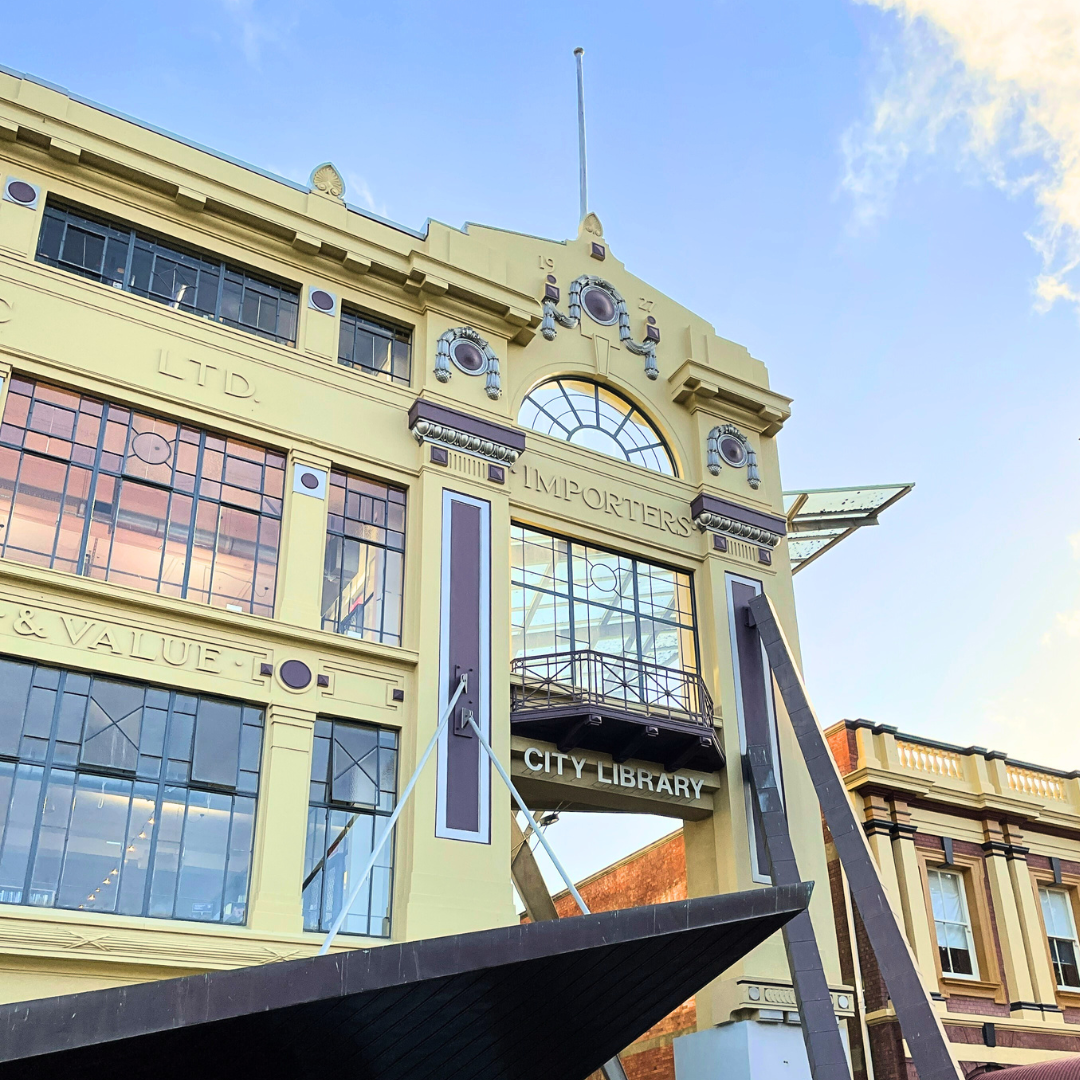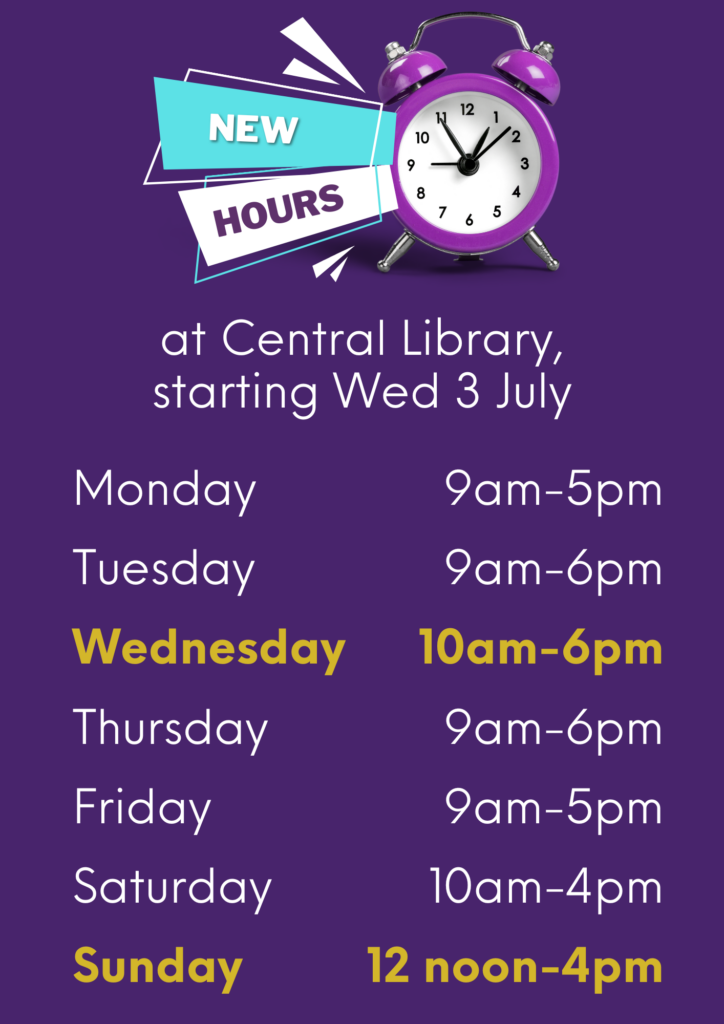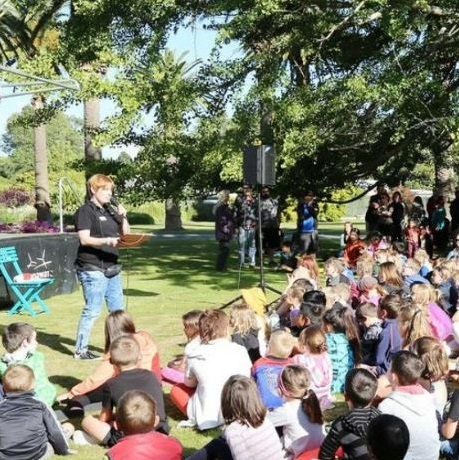
Dale O’Reilly recently undertook a research journey using the City Council Archives at the Central Library to investigate the history of the Mangaone Bridge on Kairanga-Bunnythorpe Road. She shares her findings in the article below.
While pondering the history of Bunnythorpe where I grew up, I became interested in our old bridges and one in particular which has stood strong for all of my life without any damage or having weight restrictions imposed, as others have.
In the book Bunnythorpe and District 1872 – 1952 by Roy E. Clevely I found reference to ‘the bridges’ – ‘originally constructed of wood, with the exception of an odd culvert or two, all have been replaced by concrete and steel structures. The two bridging the Mangaone and Jack’s Creek on the Kairanga-Bunnythorpe Road were raised in the centre causing horsemen and drivers concern whether they could safely negotiate the slippery boards. In 1908 it was decided to replace the Jack’s Creek bridge with one similar to the one on Milson’s Line with reinforced concrete piles and iron rails.’
I was confident from this reference that the bridge across the Mangoane had been replaced prior to the Jack’s Creek bridge because it had high concrete sides rather than ‘iron rails’.
Thanks to invaluable advice from the Heritage Team at the Palmerston North Central Library I found a reference in Papers Past to a Special Meeting of the Kairanga County Council held 5th October 1905 ‘to consider the state of the various bridges referred to on Robinsons Line and the Mangaone Bridges’. I sent an email to the Heritage Team requesting a look at the Minute’s Journals and found the meeting minutes where the motion ‘proposed by Cr Were and seconded by Cr Voss that application be made to the Colonial Treasurer for a loan of 800 pounds for the re-erection of the Mangoane Bridges on Rangitikei Line and Bunnythorpe-Kairanga Road’ was Carried. A Manawatu Times newspaper report dated 27th June 1905 under the heading ‘Bunnythorpe (own correspondent) said ‘I hear that the bridge over the Mangaone on Kairanga – Bunnythorpe Road is seriously injured by the late flood’. The reason for the re-erection now established.
From there I was able to track the progress of its build through the Minute’s, along with a ‘tracing of the road’ commissioned by Kairanga County Council after it was ‘proposed by Cr Monrad and seconded by Cr Thomas that the Engineers recommendation to erect bridge on the Bunnythorpe Kairanga Road on the old site be adopted and that he be authorised to obtain a tracing of the road’.
I was also able to view a copy of the Contract entered into with the builder – D Burke.
The Contractual progress payments were to be made October 13th, November 19 & December 19 1906, however the contractor was provided with a 1 month extension to complete the job and then the final payment was held back ‘until the timber in the stream of the bridge be cleared away’. It was completed early in 1907 – constructed with concrete over wooden framing, the impression and outline of the boards having been embedded in the concrete underneath.
In the 1907 flood it was reported in a newspaper clipping that the approach had been washed away. It’s safe then to assume that it was some time after this that the large concrete slab abutment was put in, designed to protect the road approach being undermined in future floods.
It has magnificently served its purpose, the bridge having remained strong after many flood events over the years. It was also a handy jumping off point for children swimming in the stream when the bed was much different than it is today – my partner and his siblings among them.
This bridge was an integral part of the road network for early settlers, farmers and workers in Bunnythorpe (many farmers also worked at businesses in the village), both to deliver their milk to the creamery and then to the factory, and to get to the many businesses they relied on for services, supplies, schooling and social and spiritual gatherings in Bunnythorpe.
The bridge is still in use today and remains an integral part of the local transport infrastructure.








Recent Comments